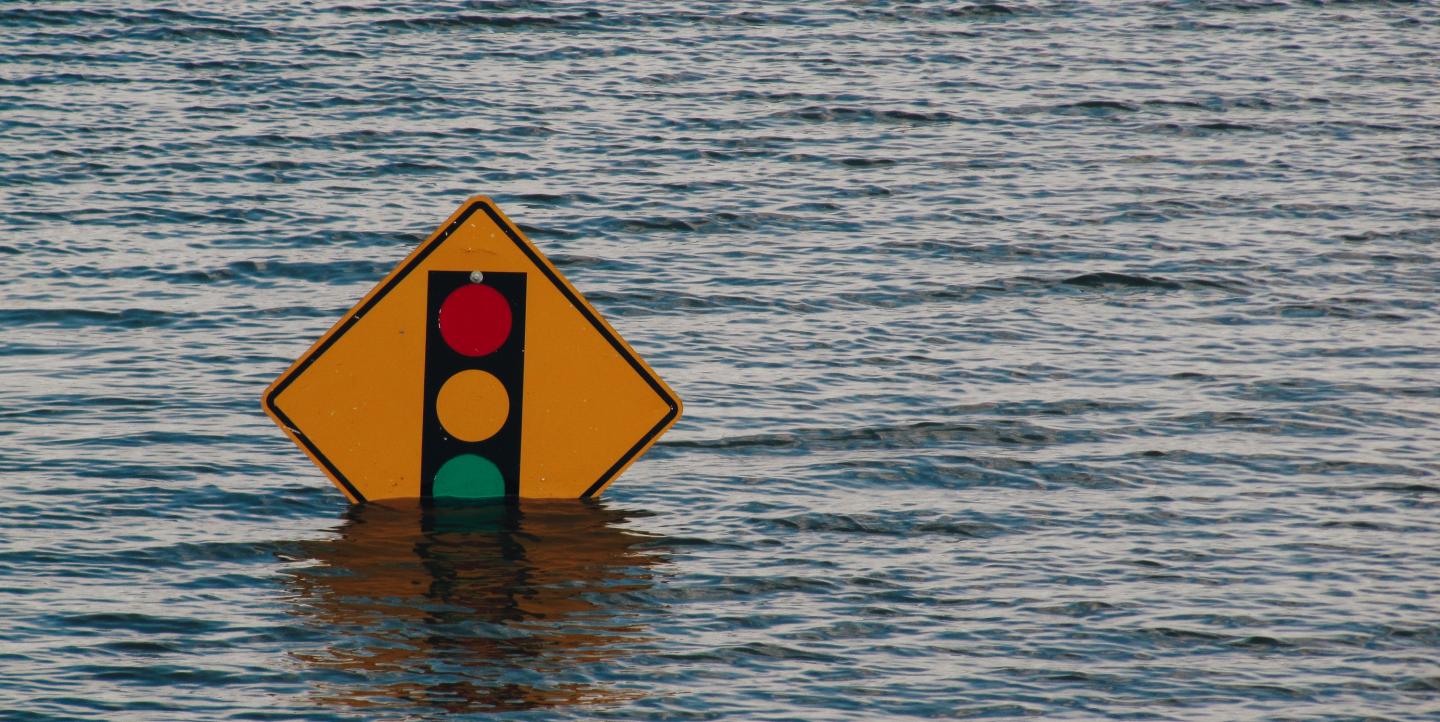While working as a climate science reporter in 2011, Julia Kumari Drapkin found it difficult to impress the importance of climate change on her readers. She came to realize that unless you could shrink the scale of impact to a level that directly affects their lives, readers just wouldn’t care.
“We have come a long way with attribution science,” she said, referring to the science of examining how much climate change factors into extreme weather. “Back then, you couldn’t make a story meaningful to an everyday American.”
So, she offered a solution, one that was only just beginning to evolve — a “back of the napkin idea,” she called it.
[Read more: Interested in writing about science? Here's a list of publications to pitch.]
After gathering a team of other media and environmental enthusiasts, in 2012 Drapkin created ISeeChange, an online platform that encourages readers to document climate change happening in their communities.
ISeeChange uses crowdsourcing to drive its content. The site has built a strong social media presence, which it uses to solicit data and insights from its followers.
“We wanted to reinvent public media for the 21st century,” Drapkin said. “When you have an event where you are trying to get feedback from the public, naturally not everyone is going to show. We are able to quadruple the number of data compared to those [in-person] meetings.”
Originally launched as a radio series, Drapkin focused the team’s initial reporting on a rural community in North Fork Valley in western Colorado, collecting and evaluating data from locals on droughts and wildfires. They knew many Coloradans kept track of weather patterns, as it affects so much of their everyday lives on ranches and farms.
[Read more: 6 ways to reach climate change deniers with your reporting]
“[Colorado] community members were way ahead on major events, and they showed us how they dealt with these events,” she said.
Hand-written notes in the margins of calendars by local farmers and other community members detailing droughts, floods and other weather patterns proved to Drapkin that there’s still much to be understood about climate change. Recording weather daily helps scientists understand the changing patterns.
“One thing can lead to the next thing and we try to keep an eye on it,” said Samantha Harrington, digital community manager for ISeeChange.
Using this information, readers and ISeeChange experts — journalists, user experience and urban design researchers, developers, software engineers and software designers — are able to analyze environmental trends and patterns to help others better understand the impacts of climate change, and what they can do to help.
“I’m always checking the feed, commenting on people’s posts and trying to check trends,” Harrington said. “Then from there, having conversations with those people in terms of how it’s impacting them.”
In 2017, Drapkin decided to explore environmental impacts experienced by residents of New Orleans. Flooding was by far the biggest concern, she found.
She honed in on the neighborhood of Gentilly, as it was one of the areas in the city most affected by intense rainfall. To carry out her reporting, Drapkin talked to locals everywhere she went. She asked them questions about flooding events, and she left comment boxes in restaurants, coffee shops, nail salons and laundromats for people to leave notes with information.
“We at first thought of ourselves as a media company,” said Drapkin. “We’ve seen the use of our tool beyond traditional journalism.”
ISeeChange has users all over the world today, in 118 different countries. Their biggest numbers come from across the U.S., and they have hotspots in Kenya, the U.K., Nigeria, Russia and Germany. One of their newest users, from Uganda, posted about how an excess of rain affects his daily commute to work.
“In my mind I’m always trying to create a strong community,” Harrington said. “How can we get the community to talk to each other more and find solutions for what they are seeing?”
In some places, team members reach out to popular businesses or locals that play an active role in the community. In other cases, they might start with a problem they know a specific region is facing and reach out to residents to ask them what they are seeing.
In 2017, they spoke with Kenyan farmers about how floods and droughts affected their crops, and with local business owners in New Orleans about how flooding affects customer turnout.
“In-person local engagement is what works best, but at the same time we are used in countries around the world,” Harrington said.
The ISeeChange team is constantly thinking of ways to improve their platform, Drapkin said. Their biggest update will encourage users from different geographical areas to better engage with each other and with the environmental effects they’re witnessing.
This update? “This year we are launching AI,” Drapkin said. “I don't feel I can go into too many details until our product is launched, but will say that we are using the AI to strengthen connections to users, each other and the bigger picture changes they're seeing.”
Main image CC-licensed by Unsplash via Kelly Sikkema.

